Garden design is evolving rapidly, and what was once considered stylish may soon be outdated. As we approach 2030, experts predict that several popular garden trends will fall out of favor, making way for more sustainable, practical, and aesthetically pleasing alternatives. Whether you’re planning a new garden or updating an existing one, staying ahead of these shifts can help ensure your outdoor space remains both beautiful and functional.
1. Artificial Turf
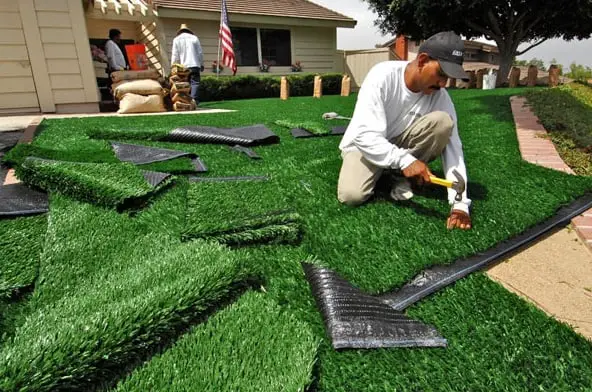
Artificial grass once surged in popularity as a low-maintenance alternative to natural lawns, especially in drought-prone regions. However, designers and environmental experts are increasingly critical of it. According to the New York Times, artificial turf can raise local temperatures dramatically, contributing to the urban heat island effect. It also provides no benefits to local ecosystems—no pollinator support, no soil improvement, no water filtration.
Additionally, as noted by the Environmental Protection Agency, many synthetic turfs are made from petroleum-based plastics and rubber infill, which eventually break down and add to microplastic pollution. With growing awareness of these drawbacks, homeowners are shifting toward natural ground covers like native grasses or clover, which are better for the environment and easier to maintain in the long term.
2. Brightly Colored Mulch
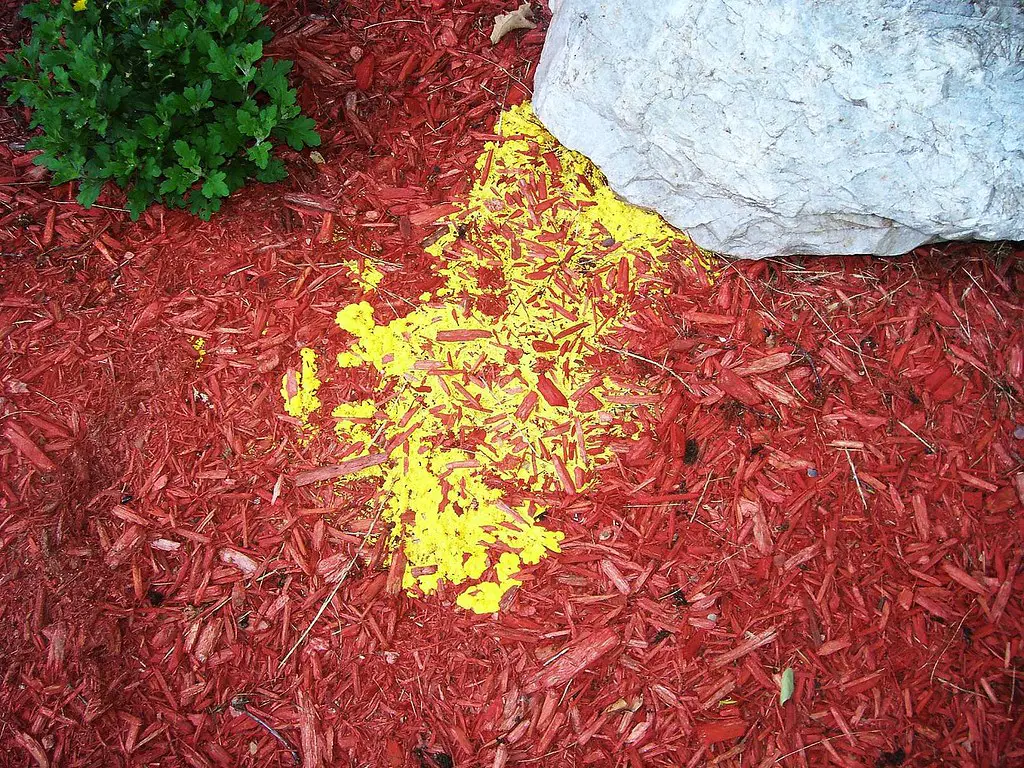
Those vivid red or black mulches you often see in big box stores? They’re quickly falling out of favor. Garden designers say these mulches, which are often dyed with chemicals and made from recycled wood (sometimes from construction or demolition sites), can actually harm soil health. As Naturescapes explains, the dyes can leach into the soil and interfere with microbial activity, stunting plant growth over time.
More natural mulches—like bark, straw, or compost—not only break down and feed the soil, but they also help retain moisture and suppress weeds without introducing unnecessary chemicals. Gardeners are moving toward materials that blend in with nature and support long-term soil vitality.
3. Overly Manicured Lawns
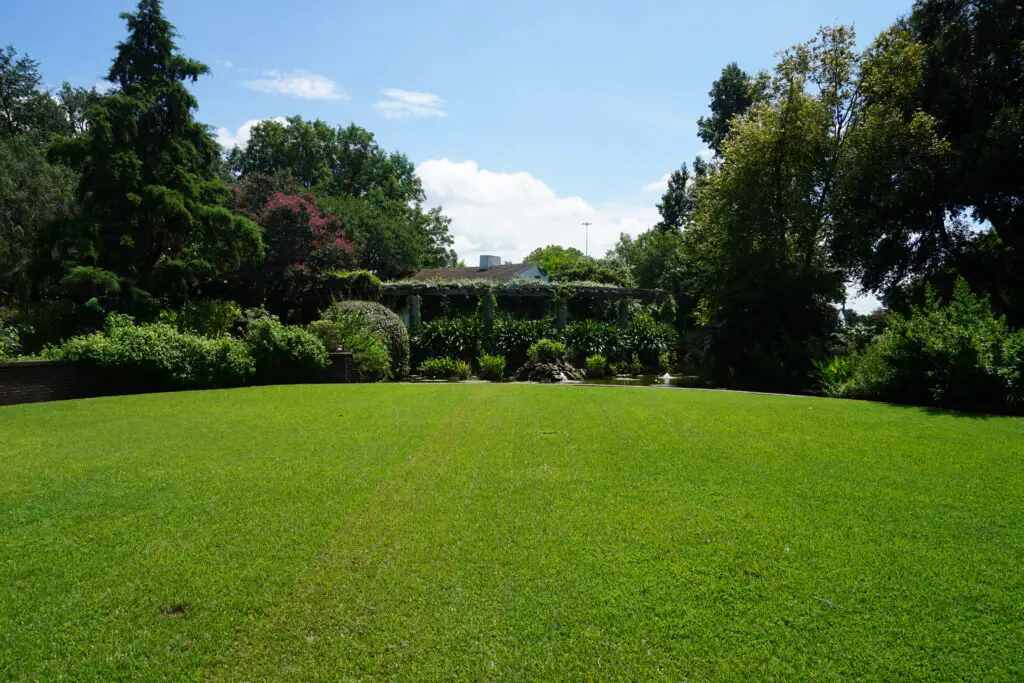
Perfectly trimmed, emerald-green lawns have long been a symbol of suburban pride, but their days may be numbered. Maintaining these pristine plots requires heavy irrigation, chemical fertilizers, and constant mowing. According to Greater Greater Washington, American lawns consume nearly 3 trillion gallons of water per year and 200 million gallons of gas from mowing alone.
Gardeners are moving away from this resource-heavy tradition in favor of wilder, more naturalistic lawns. The “No Mow May” movement, highlighted by Smithsonian Magazine, is part of this shift—encouraging homeowners to let grass grow longer and to incorporate native wildflowers to support pollinators and cut down on maintenance. The result? Lawns that are not only more ecologically beneficial but also less work.
4. Formal Garden Layouts

Once the height of elegance, symmetrical, highly structured garden layouts are becoming less desirable in modern landscapes. Rigid lines and repeated plantings might look tidy, but they don’t mimic the dynamism of nature—or support it. According to Springer Nature, overly formal gardens can limit biodiversity and require more upkeep, making them less sustainable in the long term.
Instead, landscape designers now favor organic, flowing layouts with mixed borders, layered heights, and natural transitions between garden zones. This shift isn’t just aesthetic—it reflects a growing desire for resilient, climate-adapted spaces that change gracefully with the seasons and support native wildlife.
5. Exotic Plant Species

While exotic plants can add unique flair to gardens, they often struggle to adapt to local climates and can become invasive, disrupting native ecosystems. Their maintenance can be resource-intensive, requiring special care, fertilizers, and pesticides. Moreover, they may not provide the necessary support for local wildlife. As awareness grows, gardeners are turning to native species that are better suited to their environment.
Native plants are adapted to local conditions, requiring less water and care. They offer food and shelter to indigenous fauna, promoting biodiversity. By choosing native over exotic, gardeners contribute to the health and resilience of their local ecosystems.
6. Excessive Hardscaping
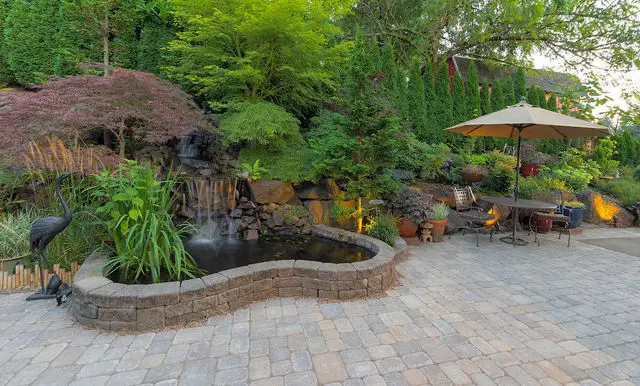
Heavy use of concrete and stone in gardens, known as hardscaping, is being reconsidered due to environmental concerns. Impervious surfaces prevent water absorption, leading to runoff and potential flooding. They also contribute to the urban heat island effect, raising local temperatures. As sustainability becomes central to design, there’s a move towards more permeable and eco-friendly materials.
Alternatives like gravel, permeable pavers, and green spaces allow water to infiltrate the soil, reducing runoff and promoting groundwater recharge. Incorporating plants between pavers or using mulch paths can soften the landscape and enhance its ecological function. By reducing hardscaping, gardens become more adaptable and environmentally friendly.
7. Elaborate Water Features
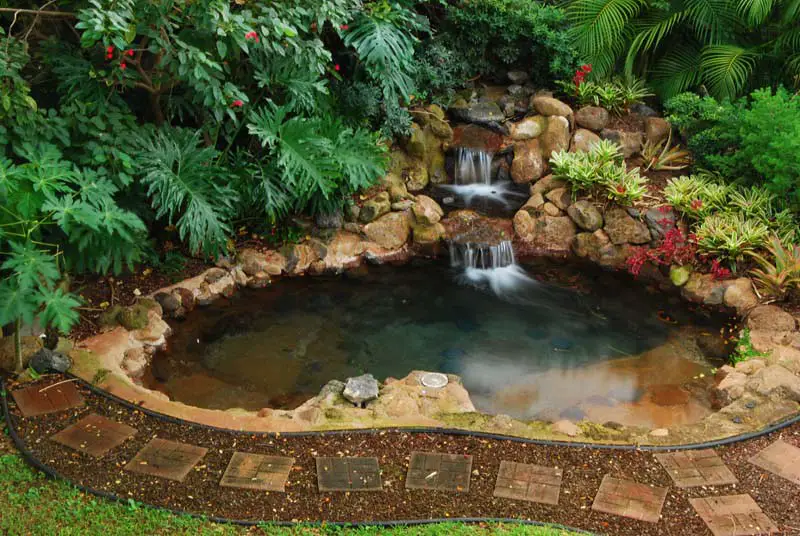
Large fountains and ponds, once symbols of luxury, are declining in popularity due to their high maintenance and water consumption. They often require pumps, filters, and chemicals to stay clean, which can be costly and environmentally taxing. In regions facing water scarcity, such features are increasingly seen as unsustainable. As a result, gardeners are seeking more eco-conscious alternatives.
Rain gardens and natural ponds that collect and filter rainwater are gaining traction. These features support local wildlife, reduce runoff, and require less maintenance. By integrating natural water elements, gardens can be both beautiful and environmentally responsible.
8. Monochrome Color Schemes

Gardens dominated by a single color palette, such as all-white or all-purple themes, are being phased out in favor of more diverse and vibrant combinations. Monochrome schemes can appear flat and lack the dynamic visual interest that varied colors provide. They may also limit the range of plants used, reducing biodiversity. As design trends evolve, there’s a push towards more eclectic and expressive color use.
Incorporating a mix of colors, textures, and plant types creates a more engaging and lively garden. This approach not only enhances aesthetic appeal but also supports a wider range of pollinators and wildlife. By embracing color diversity, gardens become more vibrant and ecologically rich.
9. Plastic Garden Edging
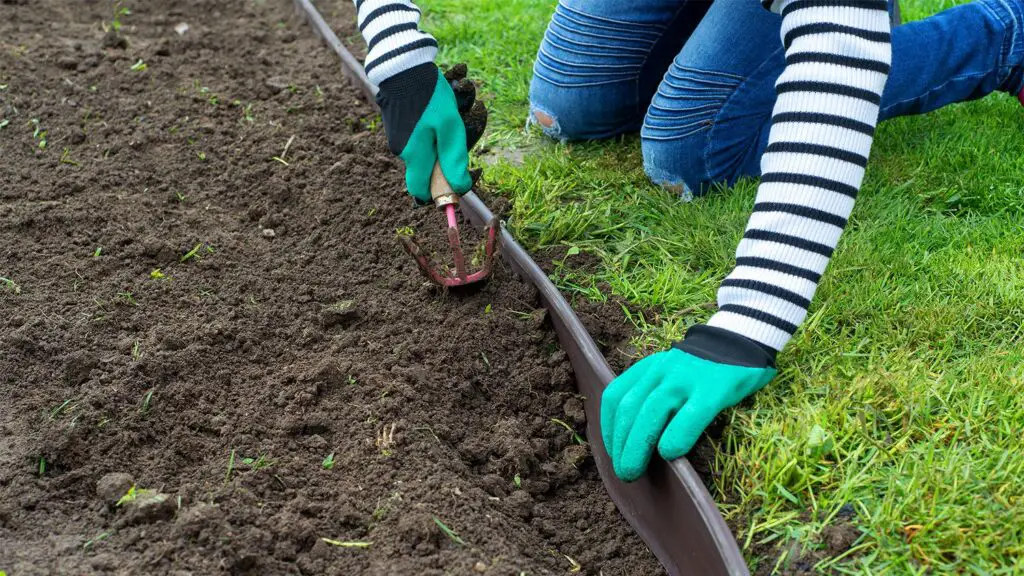
Plastic edging, once a go-to for defining garden beds, is losing favor due to its environmental impact and aesthetic limitations. Over time, plastic can degrade, becoming brittle and unsightly. It also contributes to plastic pollution, especially if not disposed of properly. As sustainability becomes a priority, gardeners are seeking more durable and eco-friendly alternatives.
Materials like metal, stone, or natural wood offer longer-lasting and more visually appealing options. These alternatives blend seamlessly with the garden, enhancing its overall look. By choosing sustainable edging materials, gardeners can reduce waste and improve the longevity of their landscapes.
10. Decorative Gravel Mulch
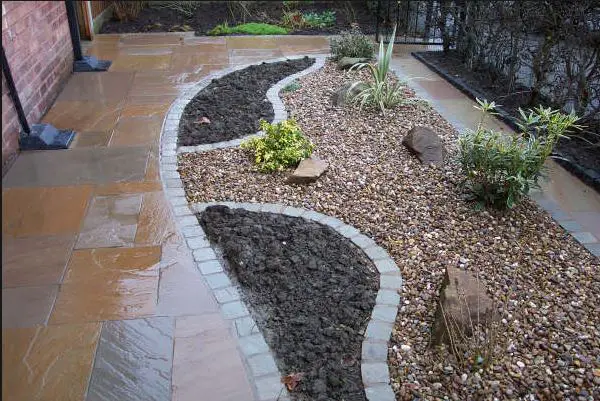
Using gravel as mulch for aesthetic purposes is being reconsidered due to its drawbacks. Gravel can compact the soil, hinder water infiltration, and increase soil temperatures, stressing plants. It also doesn’t decompose, offering no nutritional benefits to the soil. As gardeners become more eco-conscious, the preference is shifting towards organic mulches.
Organic mulches like wood chips, straw, or compost improve soil health as they break down, providing nutrients and enhancing soil structure. They also help retain moisture and suppress weeds. By opting for organic mulch, gardens become more sustainable and supportive of plant health.
11. Overuse of Annuals
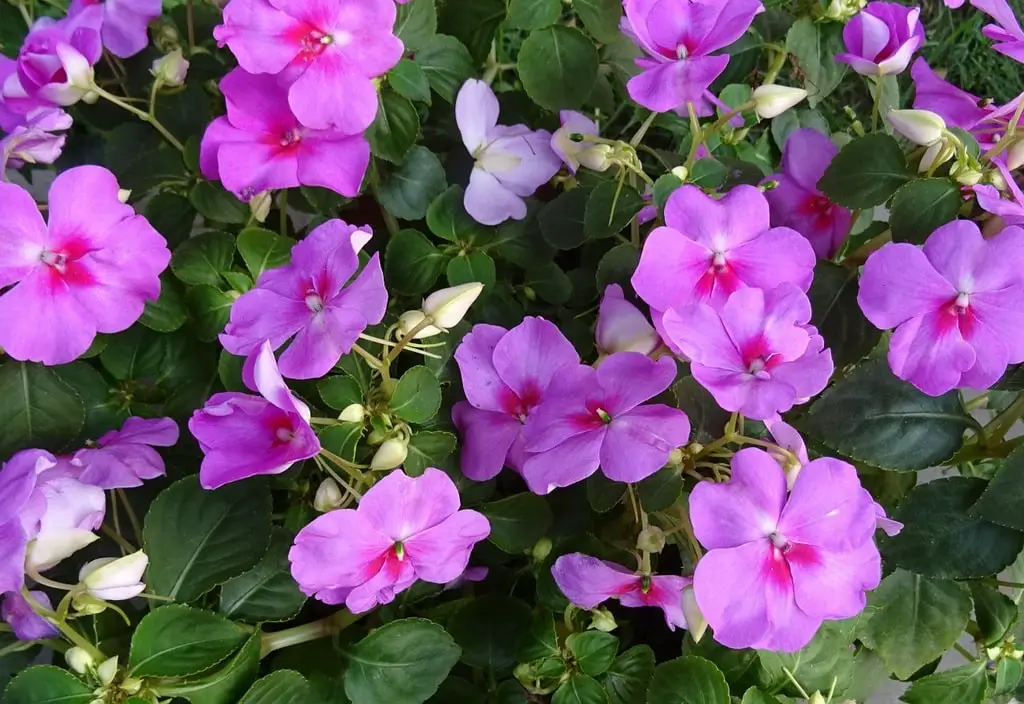
While annual plants offer quick bursts of color, relying heavily on them is becoming less popular due to their short lifespan and the resources required to replant them each year. This practice can be labor-intensive and less sustainable over time. Additionally, annuals often provide limited support for local wildlife compared to perennials. As a result, gardeners are turning to more enduring plant choices.
Perennials, which return year after year, offer long-term beauty and require less maintenance. They also provide consistent habitats and food sources for pollinators and other beneficial insects. By incorporating more perennials, gardens become more sustainable and ecologically balanced.
